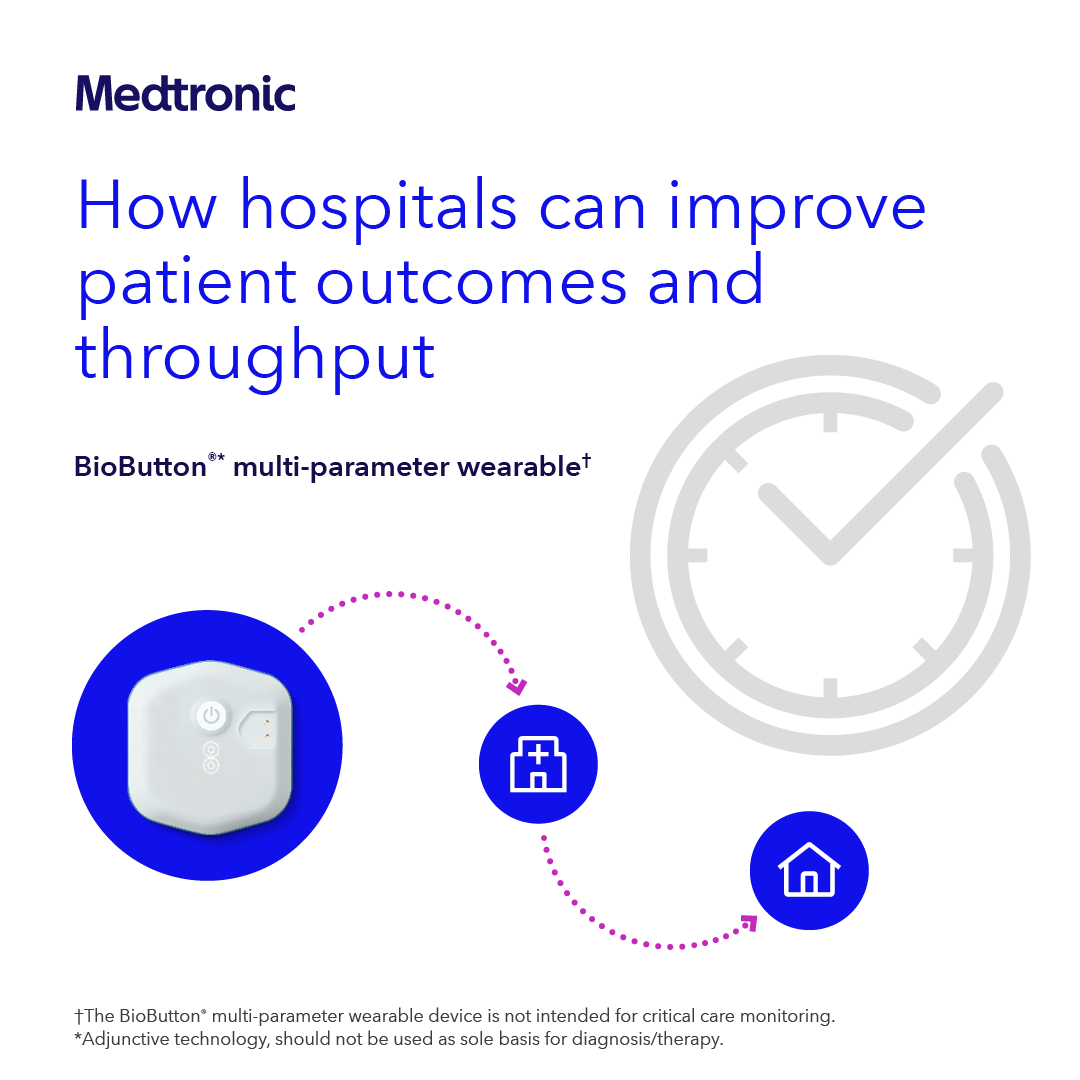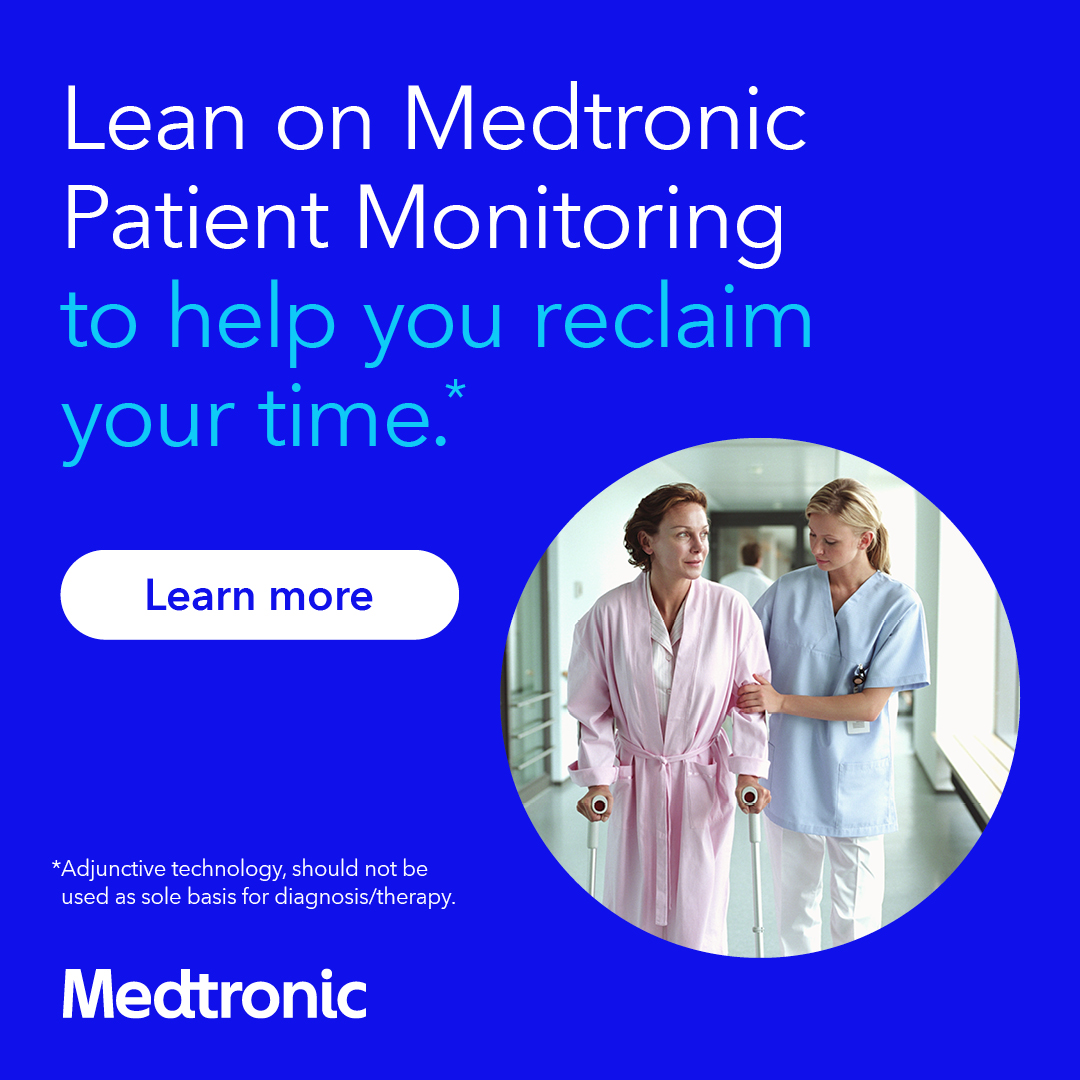
Medical-surgical nurses provide care for patients of all ages and consider age-specific factors during care delivery. According to the literature, the gerontological patient is defined as age 65 and older (2, 4, 7).
By 2050, more than 20% of the United States population will be 65 years and older (11). Several practice settings have offered Nurses Improving Care for Healthsystem Elders (NICHE) certification classes for nurses and institutions have achieved NICHE designation (4).
At the same time, medical-surgical nurses are in a privileged position with patients as they provide skilled and personal care on an on-going basis. Nurses are viewed as the most trusted profession, and have held this distinction for the last 18 years in a row (5).
Nurses have a prime opportunity to assume a leadership role, while delivering care in a traditional role, to expand beyond one patient at a time, and to extend their reach to a public health topic, such as preventing motor vehicle injuries by the older adult.
Older drivers, age 65 and above, have the greatest crash and fatality rate only matched by the youngest and most experienced drivers, with decreased abilities to anticipate, detect and respond to changes in driving conditions (1, 3, 6).
The nurse has an opportunity to ask the patient if they operate a vehicle through the nursing assessment. The nursing assessment can detect physiological changes in aging patients, though this query is not presently encoded in electronic health system (EHS) assessments.
Current nursing assessments include queries about recent falls at home and competence at performing activities of daily living (ADLs). As EHS’s are modified or upgraded, nurses can work within their practice settings to add assessments about the patient’s driving history.
According to the American Geriatrics Society (2016), clinicians have legal and ethical responsibilities, first to the patient, but also a duty to protect public safety.
Medical-surgical nurses are often focused on the acute phase of illness; there is a rising need for nurses to be aware of public health & safety concerns especially as the elderly population grows.
Just six states are clinician-mandated reporters for driving safety, including California, Delaware, New Jersey, Nevada, Oregon and Pennsylvania.
In these states, clinicians can be held liable for a patient’s car crash and for third-party injuries caused by their patient. The remaining states are encouraged to report, but the data suggests that reporting is more robust in the mandated reporter states (American Geriatrics Society, 2016).
The average vehicle weighs greater than 3000 pounds (10). Physiological systems in the older adult, due to aging and comorbidities, diminish anticipatory skills and neural processes, reduce contrast sensitivity and hearing loss, and affect speed of processing (1,3).
Increased crash and fatality rates in the older age group are at the intersection of large projectiles in motion being operated by some compromised elder drivers.
It is important for nurses to communicate with providers about safety concerns relative to operating a vehicle, and document conversations with patients about elderly driving. Driving is a privilege, and today, there are alternatives to private vehicle transportation that weren’t widely available even five years ago.
Practice settings can consider including education and handouts in the discharge packet for the older patient that contain information on driving alternatives such as Uber Assist, Uber WAV (wheelchair accessible vehicle), Lyft, Go Go Grandparent, ARRIVE, Liberty Mobility Now (for rural areas), Silverride and VIA, to name a few (6).
The packet can also include information of Driver Rehabilitation programs and the CarFit program, in which occupational therapists help clients to adjust their car to fit them (steering wheel tilt, rear-view mirrors etc) (9). The CDC (2020) also offers a Mobility Plan, which prompts elders and families to engage in crucial conversations about safer transportation choices.
Nurses are in a unique position to deliver a two-pronged message:
- As an older driver, the person is more likely to be injured or killed in an accident due to physiological changes (osteopenia/osteoporosis, less water content in discs, chronic health issues)
- As an older driver, the person is at greater risk of causing injury and death to innocent others with whom they share the road (new mother and baby, adolescent, middle-aged person with many family responsibilities).
Medical-surgical nurses may have not considered public health prevention assessment and education as part of their role, instead focusing on medications, dressings and personal care.
Medical-surgical nurses, as trusted clinicians and knowledgeable about elder adult, can make skilled assessments and provide education to keep our roadways safer for both patients and those who share the road.
Nurses are called to:
- Integrate public health prevention within their jobs
- Document patient vulnerabilities that can affect operation of a 3000-pound vehicle and communicate concerns to the provider
- Raise consciousness about older driving and support legislation for highway safety
- Work with practice settings to provide forums targeted to patients and families on crucial conversations about driving and transportation alternatives
References
- American Geriatrics Society (Ed.). (2016). Guide to assessing and counseling older drivers (3rd ed.). Washington, DC: National Highway Traffic Administration.
- Besdine R W 2019 Introduction to geriatrics Merck ManualBesdine, R. W. (2019). Introduction to geriatrics Merck Manual. Retrieved from https://www.merchmanuels.com/professional/geriatrics/approach-to-the-ge… 20210103195119415720582
- Boot W. R., Stothart C., Charness, N. (2014). Improving the safety of aging road users - A mini review. Gerontology, 60(1), 90-96.
- Brown T 2016 NICHE: Nurses improving care for healthsystem eldersBrown, T. (2016). NICHE: Nurses improving care for healthsystem elders. Retrieved from https://www.medscape.com/viewarticle/870452 202101031959131443196416
- Brusie C 2020 Nurses ranked most honest profession 18 years in a rowBrusie, C. (2020). Nurses ranked most honest profession 18 years in a row. Retrieved from http://nurse.org/articles/nursing-ranked-most-honest-profession/
- Caring.com (2020). Seniors and driving: A guide. Retrieved from https://www.caring.com/caregivers/senior-driving/
- CDC 2015 Indicator definitions - Older adultCDC. (2015). Indicator definitions - Older adult. Retrieved from https://www.cdc.gov/cdi/definitions/older-adults.html
- CDC. (2020). MyMobilityPlan. Retrieved from https://www.cdc.gov/transportationsafety/older_adult_drivers/mymobility/
- Georgia Governor's Office of Highway Safety. (2020). Older driver safety program. Retrieved from https://www.gahighwaysafety.org/campaigns/older-drivers/
- Motor Trend 2015 20 of the lightest cars sold in the USMotor Trend. (2015). 20 of the lightest cars sold in the US. Retrieved from https://www.motortrend.com/news/20-of-the-lightest-cars-sols-in-the-US/ 20210103195649685710668
- US Census Bureau 2014 Fueled by aging baby boomers, nation's older population to nearly double in the next 20 years US Census Bureau. (2014). Fueled by aging baby boomers, nation's older population to nearly double in the next 20 years. Retrieved from https://www.census.gov/newsroom/press-releases/2014/cb14-84.html



